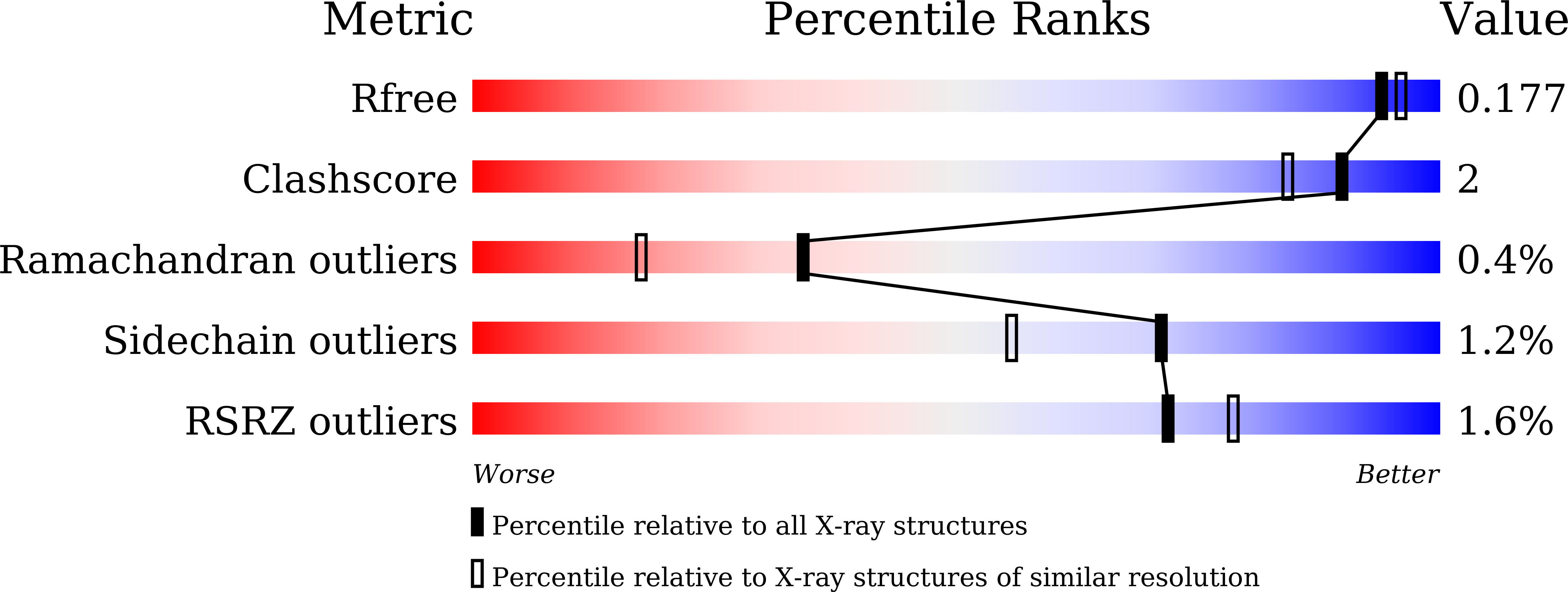
Deposition Date
2021-03-13
Release Date
2021-12-08
Last Version Date
2023-11-29
Entry Detail
PDB ID:
7ECR
Keywords:
Title:
Crystal Structure of Aspergillus terreus Glutamate Dehydrogenase (AtGDH) Complexed With Succinate and ADP-ribose
Biological Source:
Source Organism:
Aspergillus terreus (Taxon ID: 33178)
Host Organism:
Method Details:
Experimental Method:
Resolution:
1.73 Å
R-Value Free:
0.16
R-Value Work:
0.14
R-Value Observed:
0.14
Space Group:
I 2 2 2


